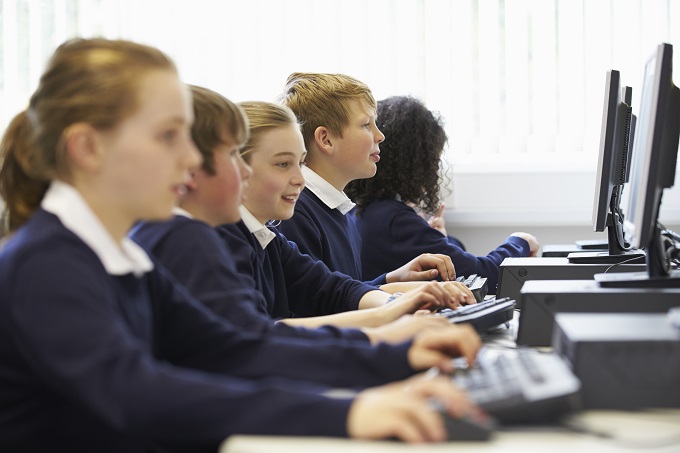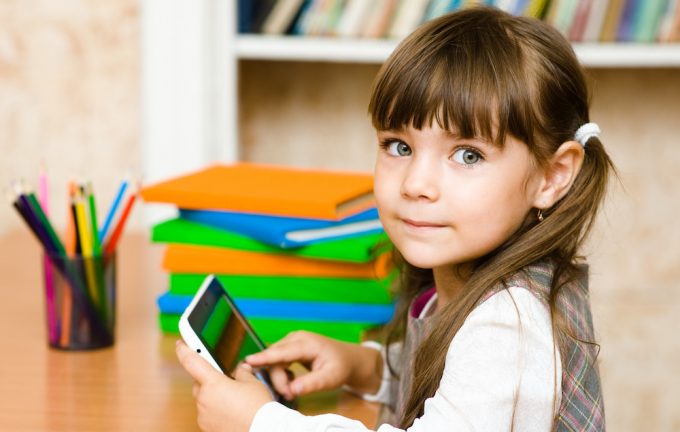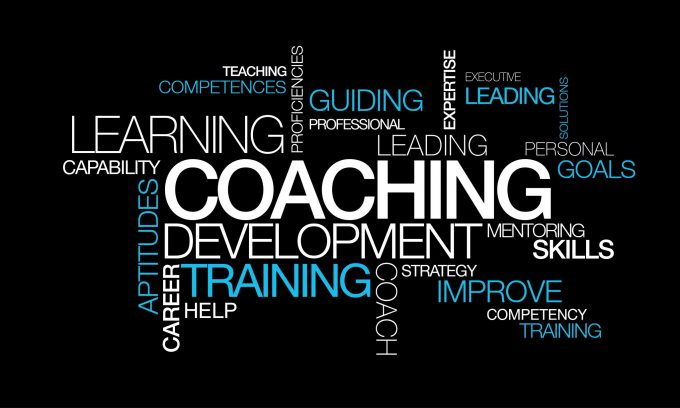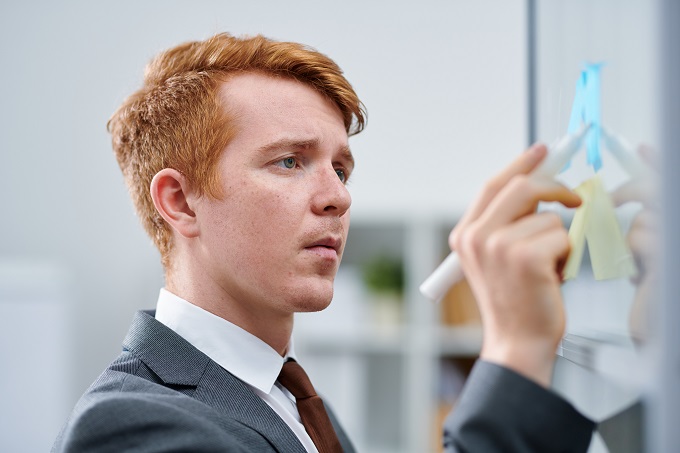NAPLAN testing moves online for the first time in NT schools

This week, students in Years 3, 5, 7 and 9 will take part in the National Assessment Program – Literacy and Numeracy (NAPLAN), which provides a nationwide snapshot of student progress in reading, writing, spelling, grammar and punctuation; and numeracy.
In 2019, students at 32 Northern Territory schools will complete NAPLAN testing online. All other students will undertake traditional paper testing this year but will move to online testing in 2020.
Minister for Education, Selena Uibo said:
“The Territory Labor Government is investing in education, including $1.08 billion in this year’s NT Budget, to make ours the most improved school system in the country.
“Last year’s NAPLAN results showed good long term gains over the 10 years since national testing commenced in 2008 and each year, the tests provide a useful temperature check on how Territory students are performing compared to those in other Australian jurisdictions.
“That said, however, NAPLAN is just one tool our teachers use to measure the progress of their students. Parents and the school community should treat these testing days like any other school day.”
The 2019 NAPLAN test period will be conducted from 14-16 May for schools sitting paper tests and over three days within the window of 14-24 May 2019 for schools going online.
Schools undertaking online testing are located in Alice Springs, Katherine, Palmerston and Darwin.
Skills tested in NAPLAN are developed over time through the school curriculum. Students do not need to learn new content prior to the commencement of testing.
The focus for the Northern Territory is ensuring that NAPLAN is a positive experience for students and schools.
Test results for the National Assessment Program are reported a number of different ways including through public reports, individual student reports, and reporting on the My School website.
For the NAPLAN 2019 schedule, visit http://www.nap.edu.au or www.education.nt.gov.au.







